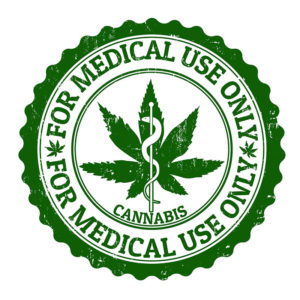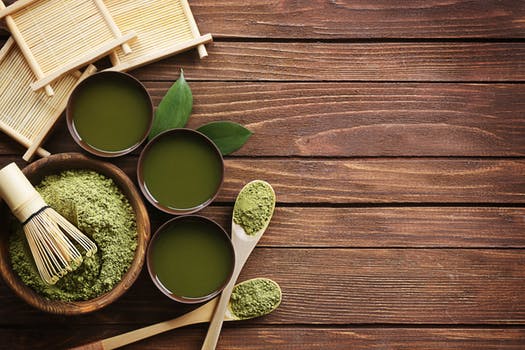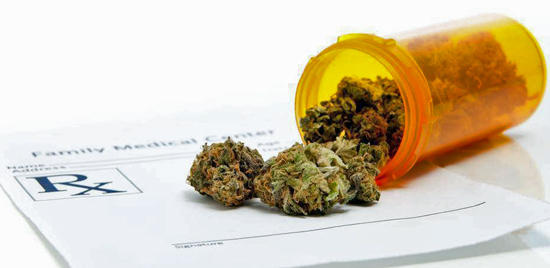Medical marijuana helps your fitness and health…
by Jessica K

As of now, thirty US states and Washington, DC, allow marijuana use for medical purposes but their usage may vary significantly. Some of these states allow both home cultivation and sale in state legalized dispensaries, many just permit either medical dispensaries or home cultivation.
More than half the US states and the District of Columbia, permit the use of medical marijuana in some form. However, there hasn’t been much research on medical marijuana to permit its use extensively.
One big reason for this is because marijuana is listed as a schedule I drug in the US, the same as heroin, LSD, and ecstasy. Based on the Controlled Substance Act of 1970, Schedule I drugs:
- Have a high potential for abuse
- Have no accepted medical use in the US
- Have a lack of accepted safety under medical supervision
There are numerous studies underway on medical marijuana, however, research is limited by the restrictions of FDA under which researchers need a special license to study the medicinal value of marijuana.
What is medical marijuana?
Medical marijuana is the same as cannabis or marijuana used for recreational purpose. The only difference is that whole-plant marijuana is used in its unprocessed and pure form to treat a symptom or an illness.
Apart from whole-plant marijuana, many people also consume raw marijuana seeds like grape ape kush seeds for medical purposes.

Medical marijuana is often grown in a controlled environment without the use of pesticides and fertilizers and can only be prescribed by doctors or a licensed health care professional for their patients in a certain dosage.
Marijuana’s incredible healing properties mainly comes from it’s three major compounds- cannabidiol (CBD), tetrahydrocannabinol (THC), cannabinol(CBN), as well as a wide range of medical terpenes and flavonoids.
However, THC is the active compound present in marijuana responsible for its psychoactive properties so medical marijuana is either completely devoid of or contains negligible levels this compound.
Uses of medical marijuana
Marijuana’s impact on our body and varies from person to person. The method of consumption plays an important role in the effect of cannabis. When smoked, the effects are felt almost immediately its compounds enter directly into the bloodstream via your lungs. On the other hand, oral consumption of cannabis in the form of edibles causes its effects to be felt gradually, sometimes taking as long as an hour or more.

Other methods of cannabis consumption are in the form of CBD oil, topicals, creams, tinctures, and balms.
Various lines of research into the health effects of marijuana are ongoing. Over the last few years, people are resorting to alternative medicine for relieving everything from back pain to depression. Another method of alternative healing is medicinal cannabis. Medical marijuana is used to treat a number of different conditions.
The most common uses of medical marijuana include:
1. Nausea
According to the American Cancer Society, a few studies show the marijuana plant and cannabinoids can help relieve nausea and vomiting caused by chemotherapy.
2. Pain
Pain is the most common condition for which medical cannabis is consumed. It is used to relieve chronic and mild pain associated with a number of diseases in children as well as adults. Anecdotally, arthritis and inflammatory pain are two of the most common reasons why medical cannabis patients seek out the herb.
3. Seizures

Marijuana is found to alleviate seizure disorders such as epilepsy. Children suffering from epilepsy that is unresponsive to traditional medication may find relief from their seizures through medical marijuana.
4. Eating disorders
Marijuana use is also found to be useful in the treatment of eating disorders as it directly interacts with our endocannabinoid system(ECS). It is found to induce hunger and stimulate appetite to cure conditions such as anorexia nervosa and other eating disorders.
5. Relieve anxiety and stress
The therapeutic effects of marijuana have led to its use in aromatherapy to treat mental health conditions like schizophrenia and posttraumatic stress disorder (PTSD). A very effective and popular product is CBD oil for anxiety relief.
6. Multiple sclerosis
Sativex, a pharmaceutical form of cannabis is being used in 25 countries as an effective treatment for muscle spasms. Marijuana also appears to decrease muscle spasms caused by multiple sclerosis by binding to receptors in nerve cells and muscles. A small study of about 30 participants also showed smoking marijuana was more effective than placebo in treating these symptoms.
7. Inflammatory bowel diseases(IBD)

Marijuana is thought to help the symptoms of inflammatory bowel disease such as Crohn’s disease. According a small placebo-controlled clinical trial of 21 Crohn’s patients, it was found that 45% of participants who smoked marijuana twice a day for eight weeks had remission of their Crohn’s disease.
Proper use of medical marijuana
Medical marijuana is found to have minimal side effects when used at low doses, the only minor side effects being drowsiness, dry mouth, and fatigue. At higher doses, side effects include paranoia, hallucinations and psychoactive effects on susceptible people.
However, it is important to remember that medical marijuana is not monitored like other FDA-approved medicines. Hence, it is difficult to determine its purity, potency, or side effects.
Usage of medical marijuana should be limited to people with a proper prescription from a doctor. While it is surely a wonder drug, caution should be taken during its use especially for people with heart diseases, pregnant women and people with a history of psychosis.










More Stories
Have You Taken Ginkgo Biloba?
5 Health Benefits of Garcinia Cambogia
Unlock the Power of Your Morning Brew